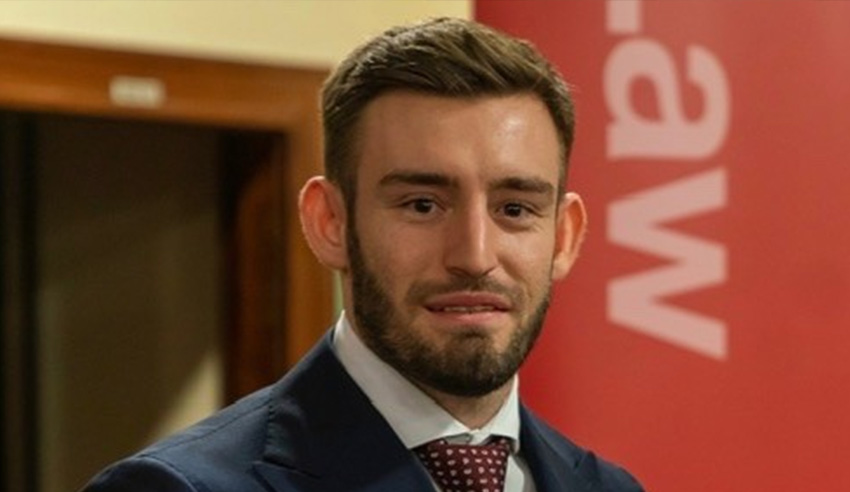Given how questions surrounding tattoo copyright have been dealt with overseas, any such cases that arise in Australia will likely pertain to how far copyright can and will extend over a tattoo, writes Andrew Gouveia.

COVID-19 has suppressed demand for many businesses, but one industry which has proven to be resilient in the face of it all is the tattoo industry. In fact, according to multiple reports they have seen a surge in demand.
Can copyright apply to tattoos?
Copyright applies to tattoos by virtue of section 10(1)(c) of the Copyright Act 2001, which defines an 'artistic work' as a work of artistic craftsmanship, which is sufficiently broad enough to encompass tattoos.
It should be noted that there are no Australian cases regarding copyright in tattoos. However, given the way tattoo copyright has been dealt with in overseas jurisdictions, it's highly doubtful this would be a contentious issue. The more contentious issue is how far copyright will extend over the tattoo.
For example, let’s say a freelance tattoo artist is contracted to design and administer a tattoo (of sufficient originality) for a high-profile sports personality. That artist would usually be the owner of the copyright unless for example there is a transfer of ownership by agreement to the sports personality. Would their rights to the copyright over the tattoo mean that for every published photograph, video or reproduction of the sports personality showing the tattoo, permission is required from the tattoo artist?
At this stage, with no Australian cases dealing with the issue we can only provide conjecture based on decisions from other jurisdictions, which are persuasive but not binding. In particular, the recent US Lebron James tattoo infringement case is helpful.
Lebron James’ tattoos
Lebron’s tattoos are pretty famous themselves. But it still might come as a shock that, when these tattoos were reproduced on Lebron’s virtual character in the basketball game NBA2K without permission, the tattoo artist responsible for their design and creation claimed it had infringed copyright.
The Court on a summary basis dismissed the case, finding that the tattoo artist could not establish substantial similarity because the use of the tattoos was de minimus. In other words, in the course of the game the chances of seeing Lebron's tattoos for an amount of time that "would allow a lay observer to identify even the subject matter of the tattoos, much less the style used in creating them" was so small that they could not satisfy the similarity threshold required.
The Court also found that the tattoo artist granted the players an implied non-exclusive licence to use the tattoos as part of their likeness and did so knowing that the tattoos were likely to be shown in the media.
What does this mean for tattoo copyright?
The first key takeaway is that context will be everything. The way the tattoo is shown or photographed or replicated is important. The clearer and more easily identifiable the design the more likely copyright is to be infringed. Like the US, in Australia to infringe copyright it must be shown that all or a substantial part of the work has been copied - so it's important to dissect the facts to determine whether this is met.
The second and perhaps most important takeaway is the notion of an implied licence to use the tattoo as part of the person's likeness. In 2009, the Belgium Court of Appeal found that a tattoo artist had the right to reproduce a tattoo but did not have the right to limit or prevent the person who had the tattoo from being photographed. This distinction between rights of the tattoo artist and the rights of the person with the tattoo also featured in the Lebron James case when the Court found that by inking the tattoo, the tattoo artist essentially gave an implied licence to the tattoo wearer to use them as a feature of their likeness.
What do I think? Well, no doubt arguments like this will continue to gain traction - particularly when the facts involve individuals with some social notoriety. It’s possible issues like this could even arise when a social media personality creates a sponsored post and their tattoo features in it.
Andrew Gouveia is a graduate at McCabe Curwood.